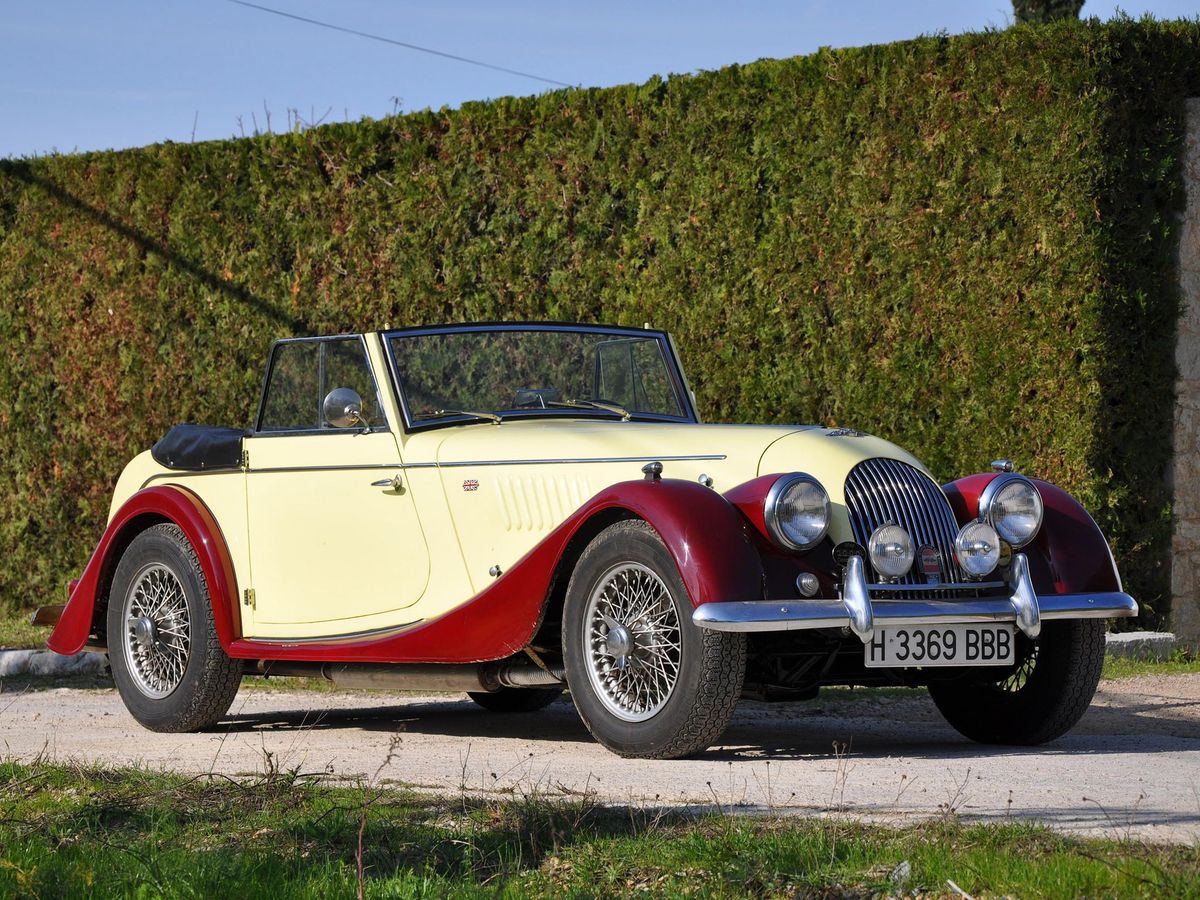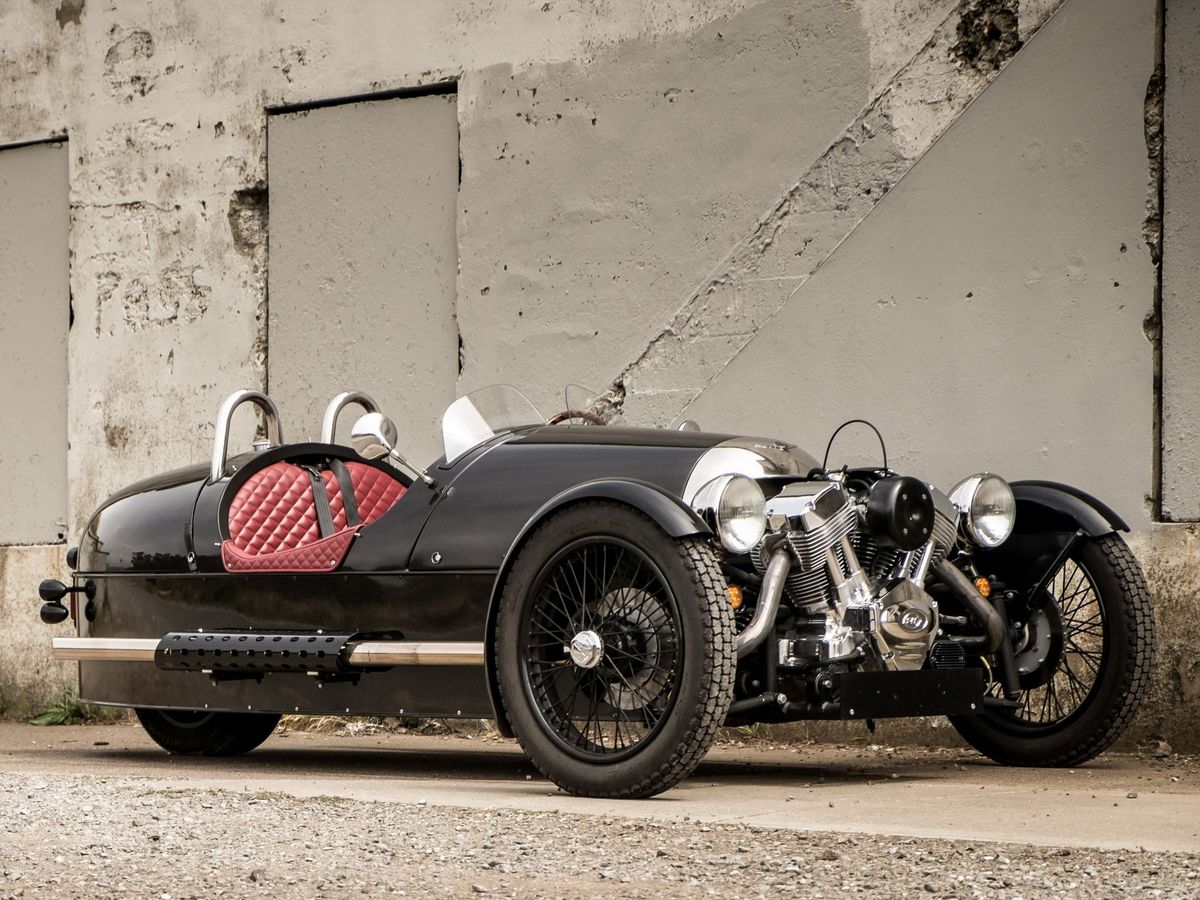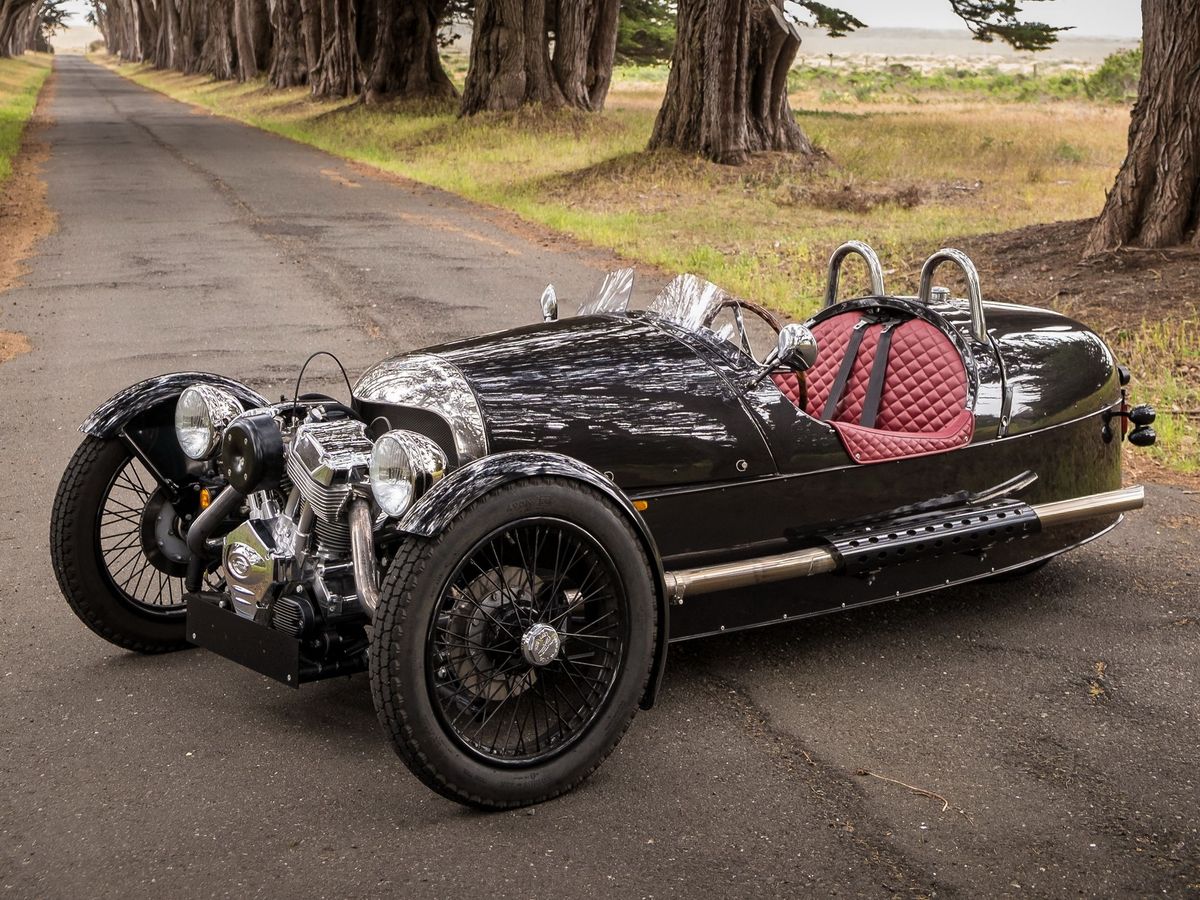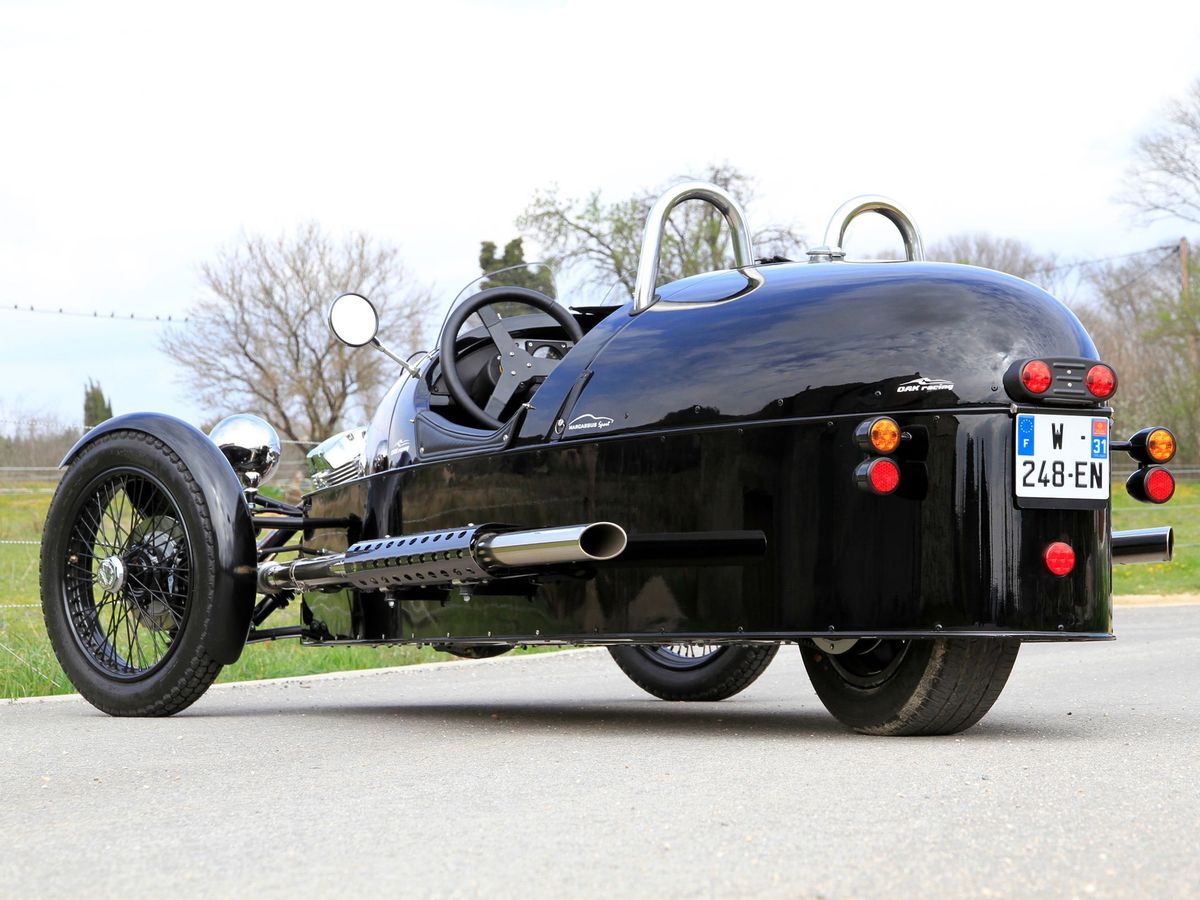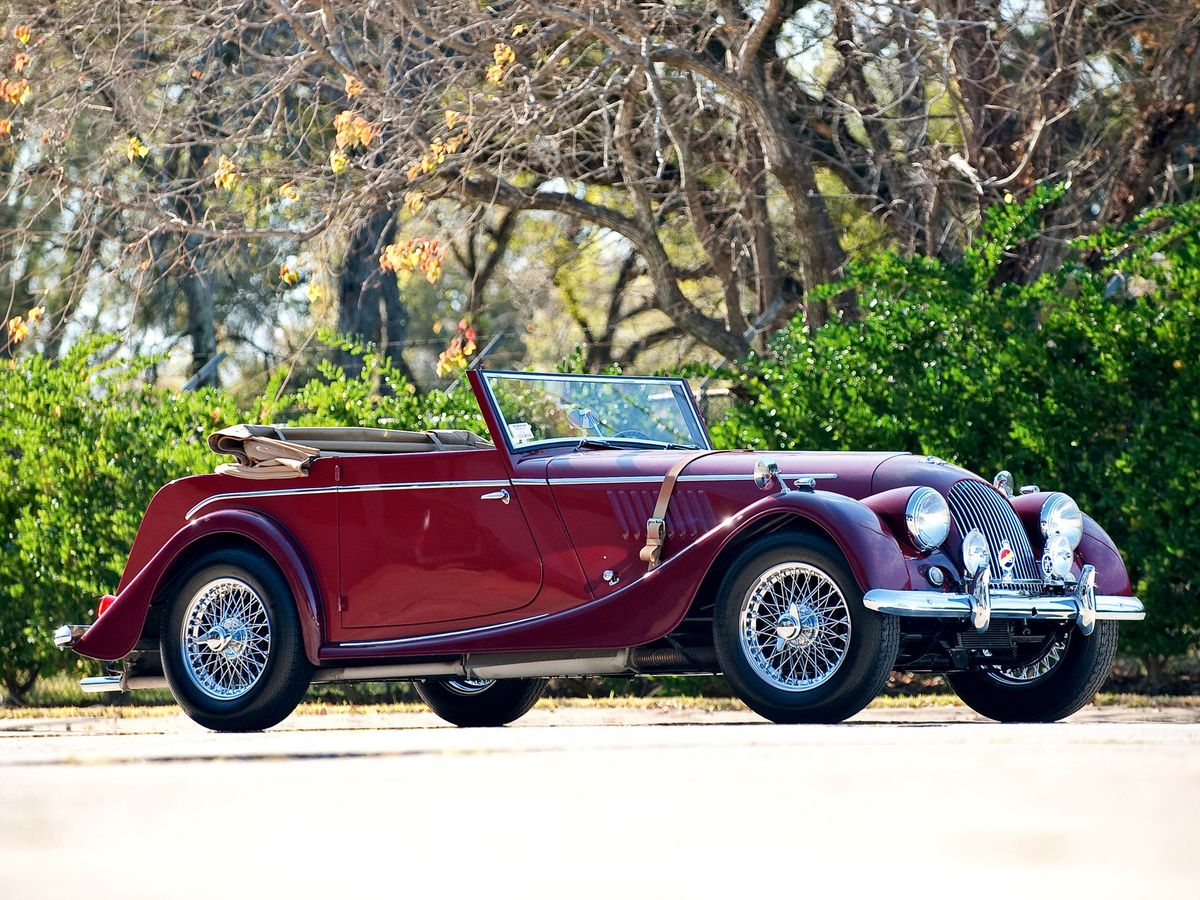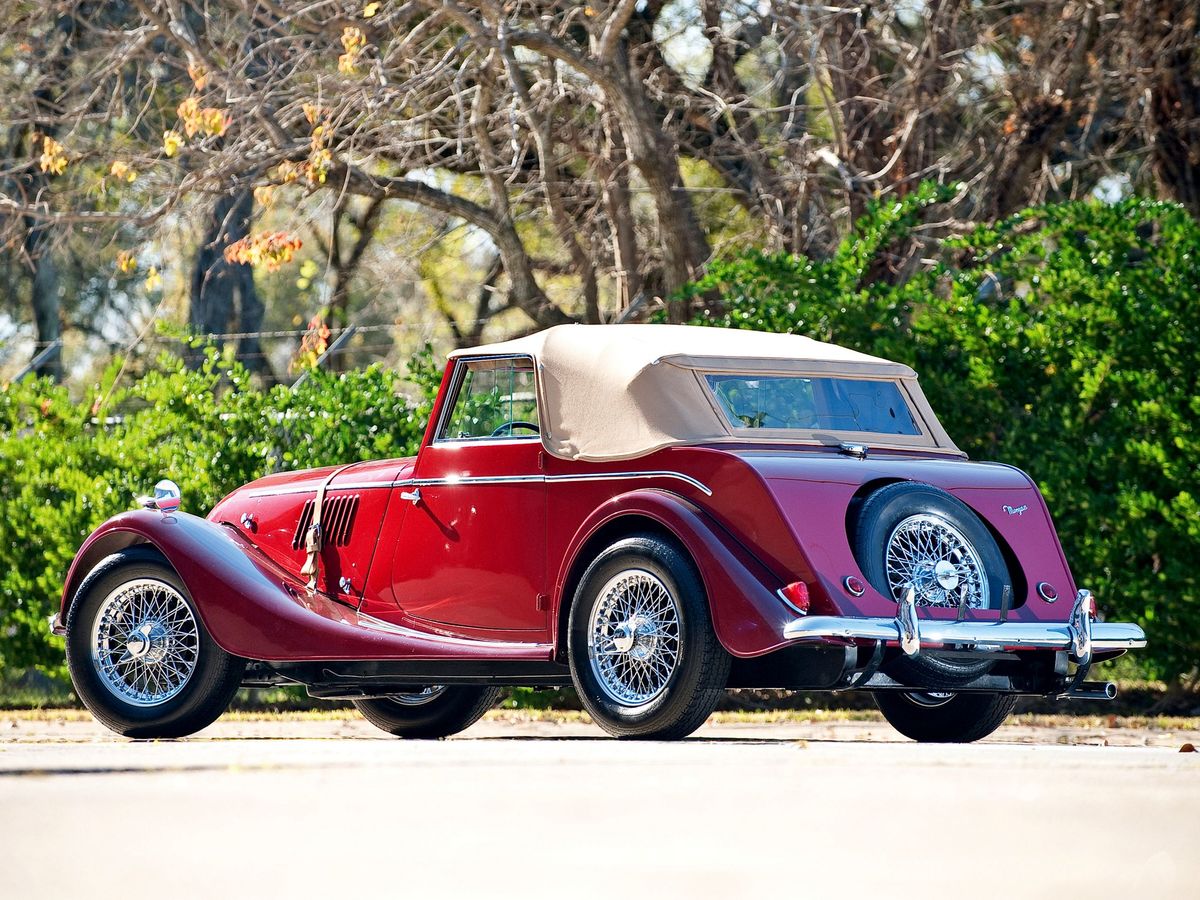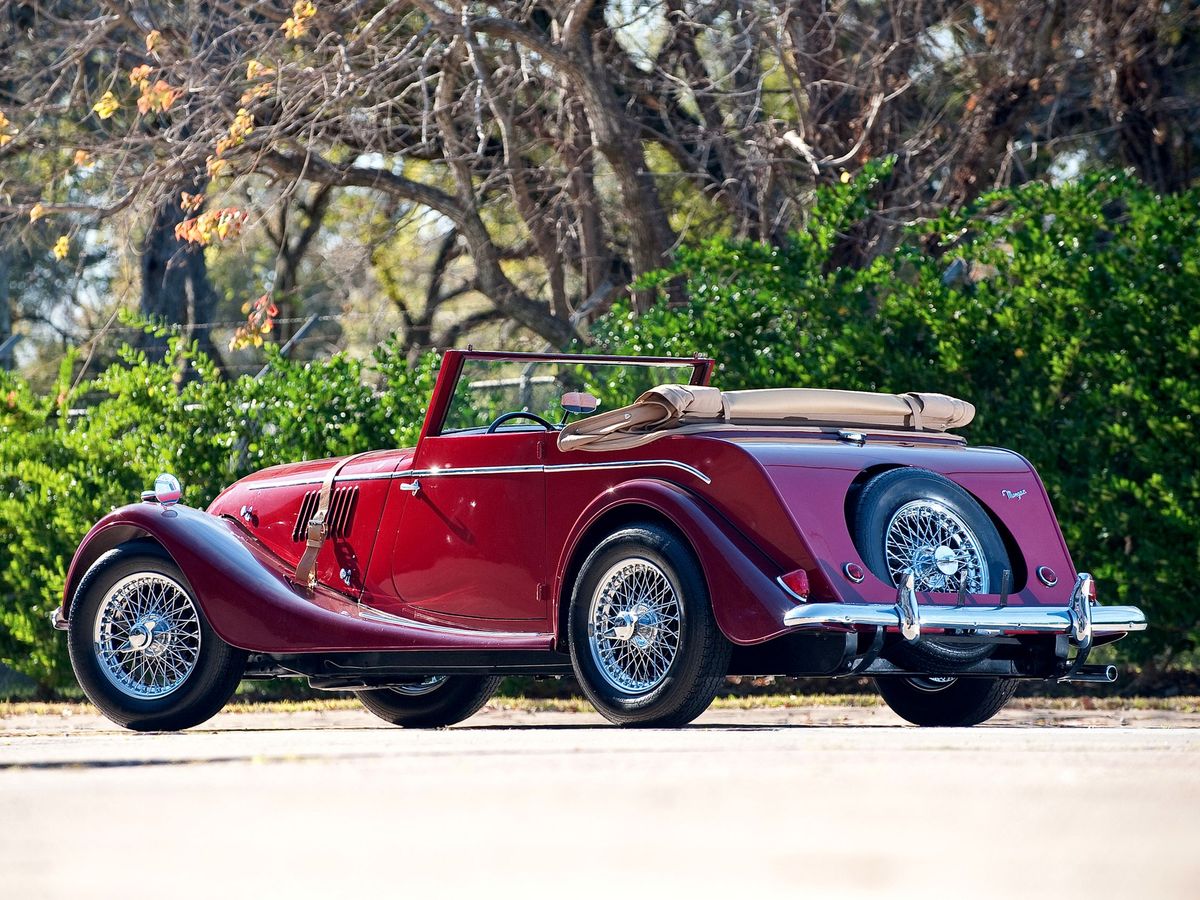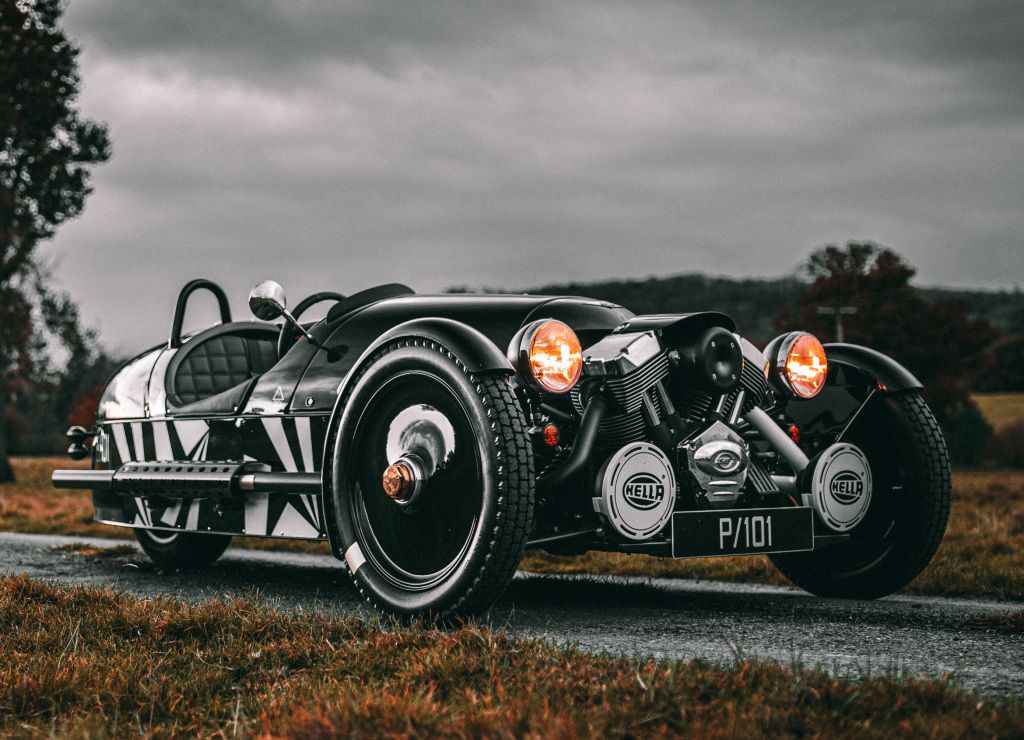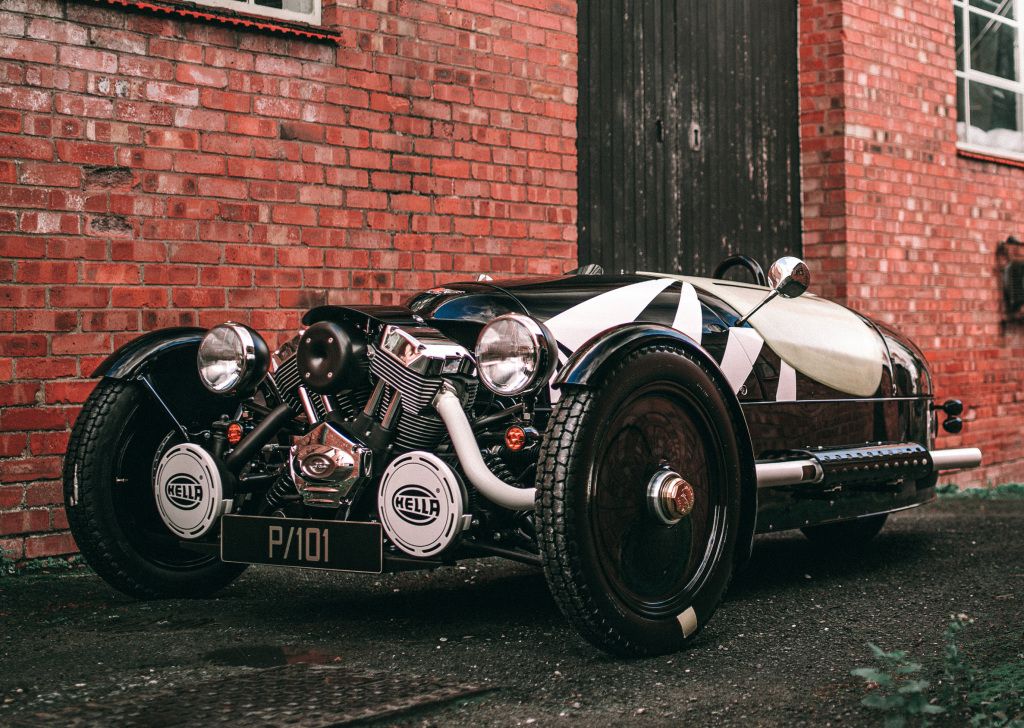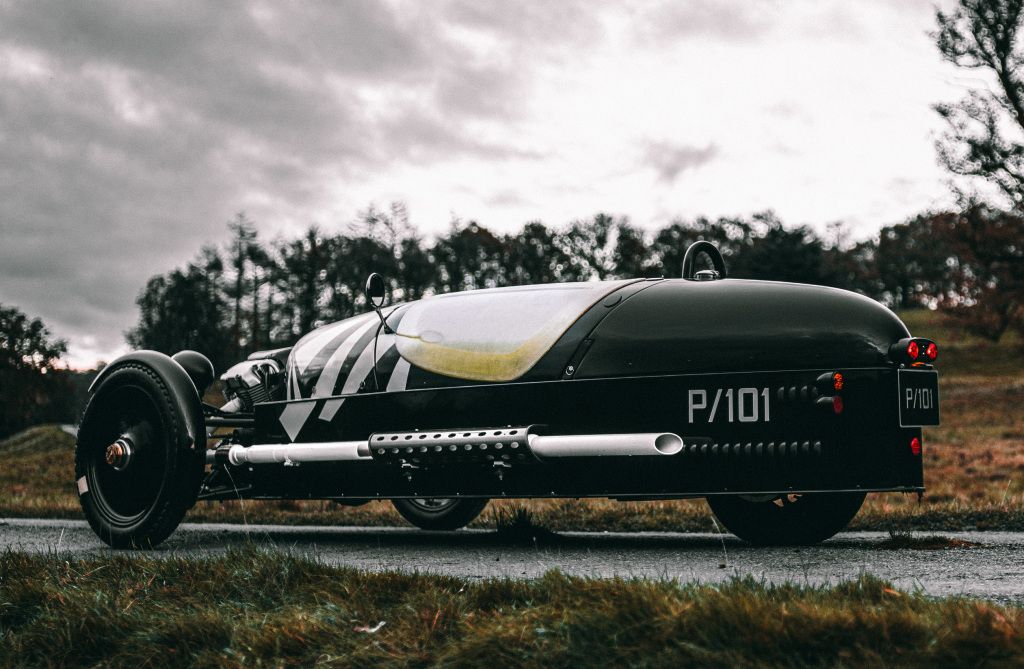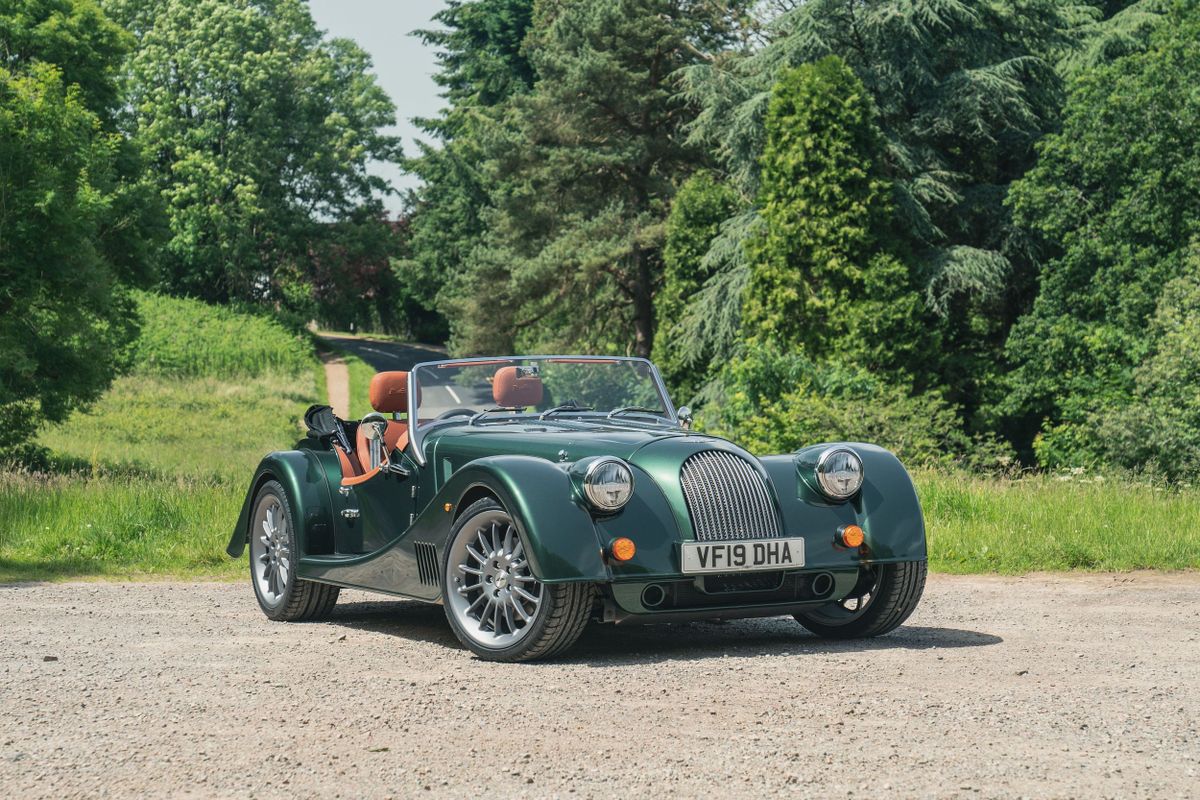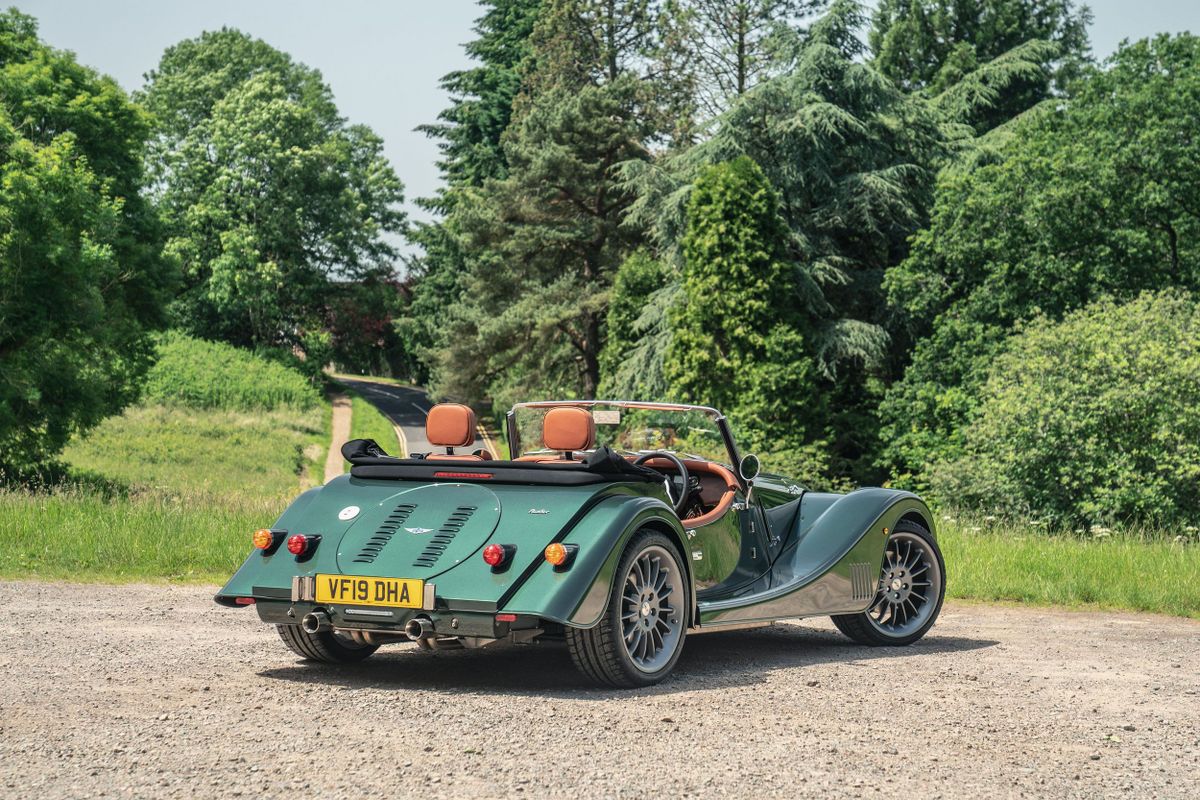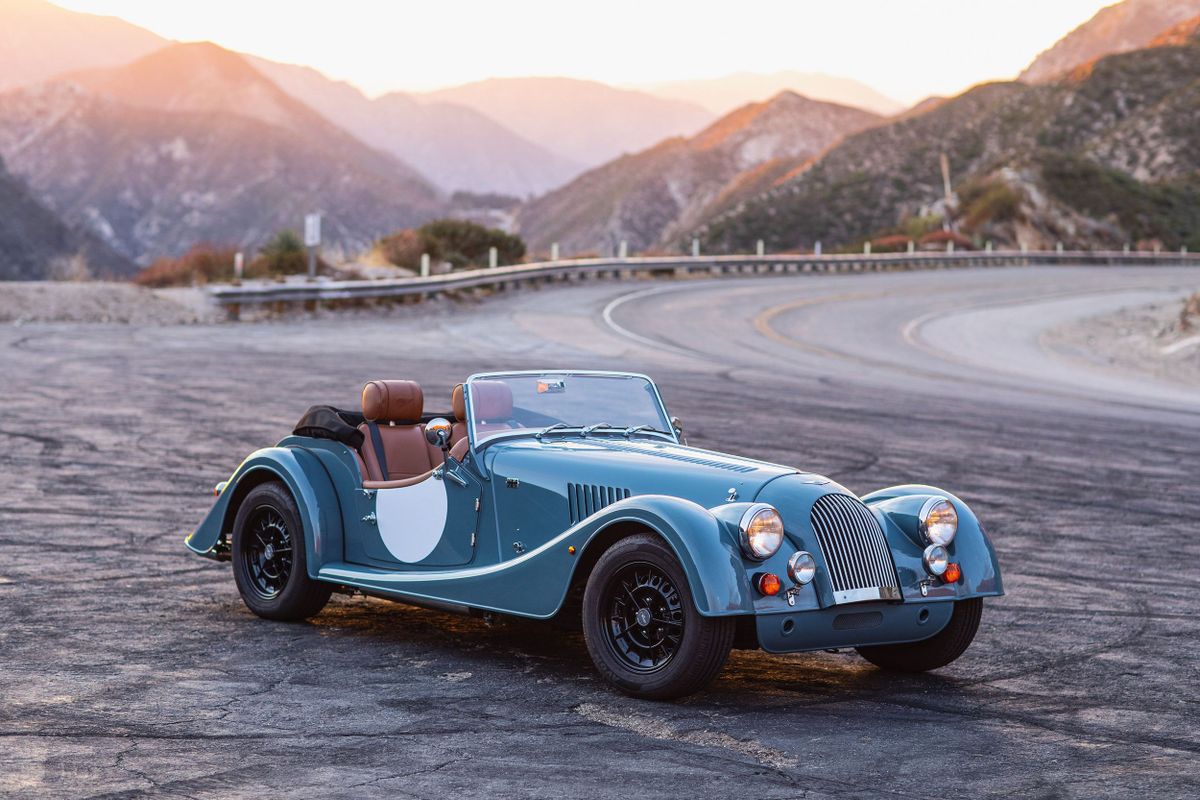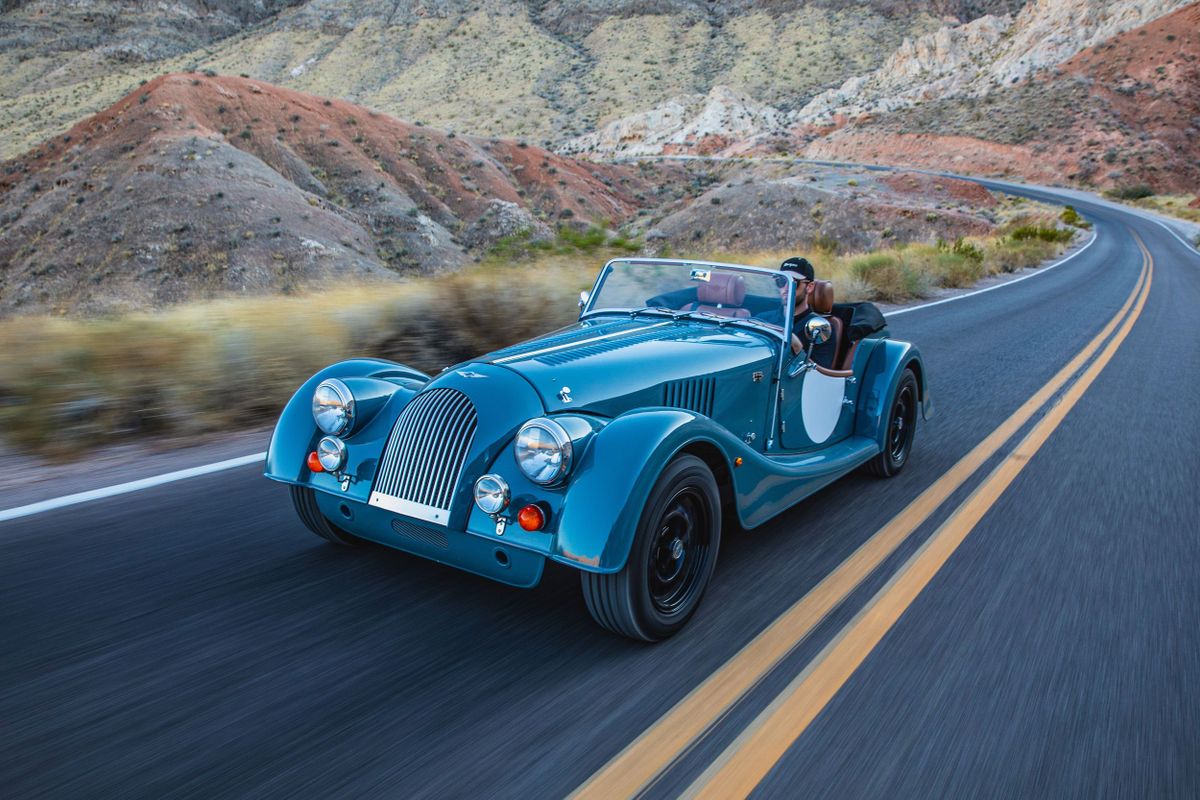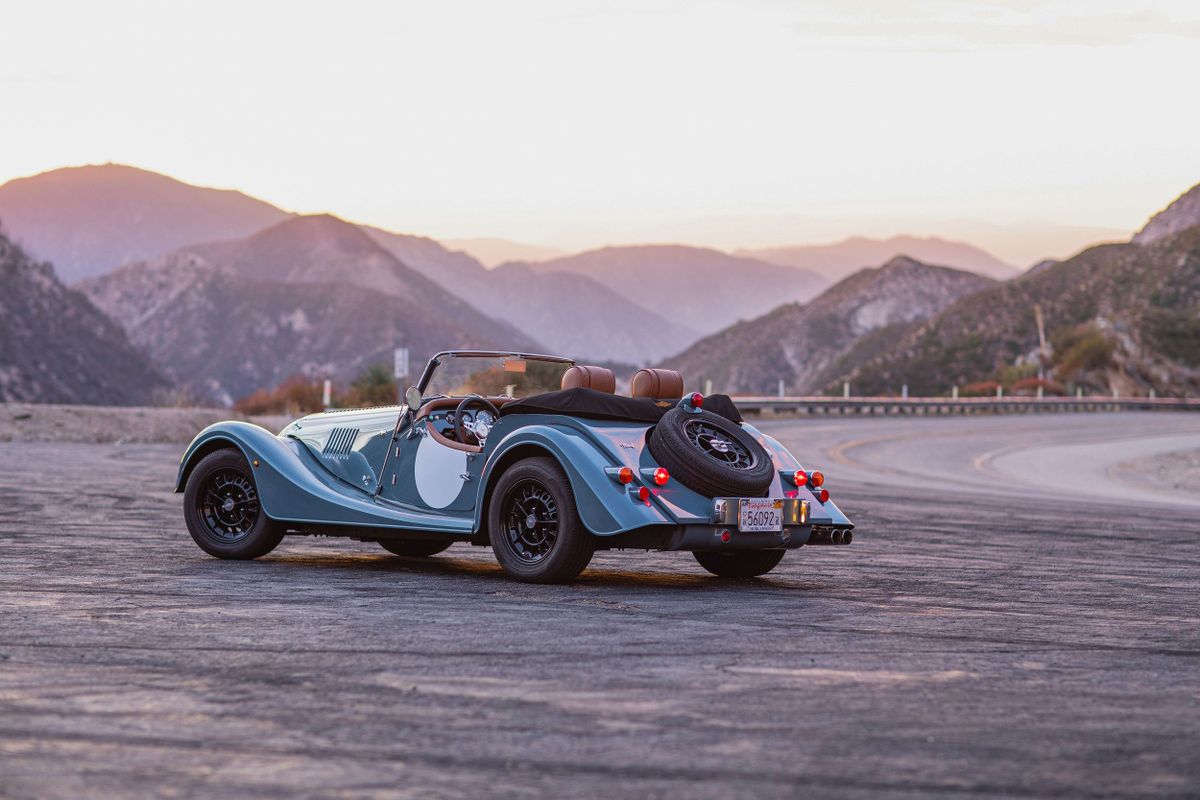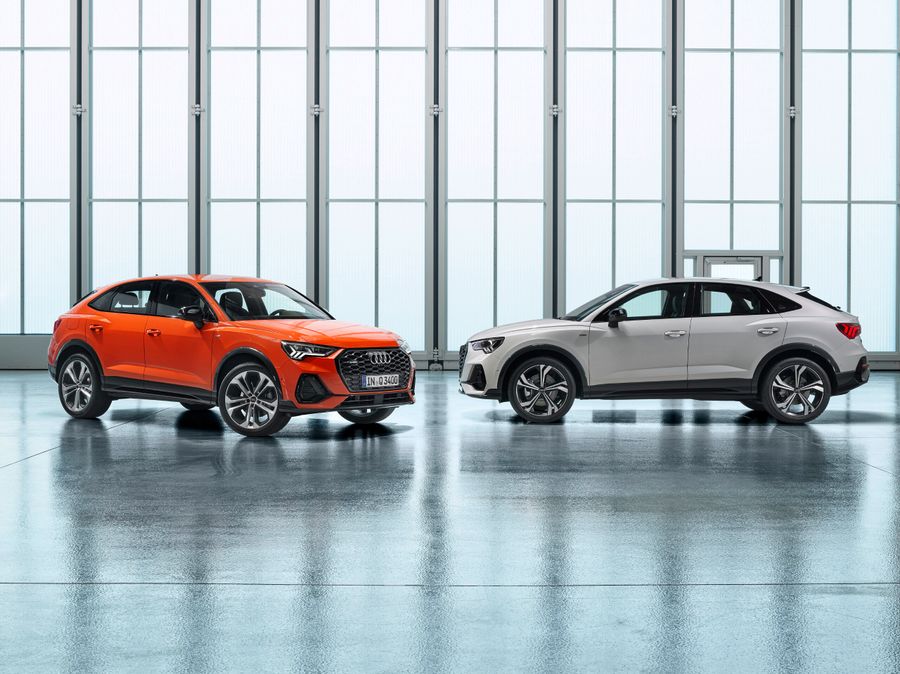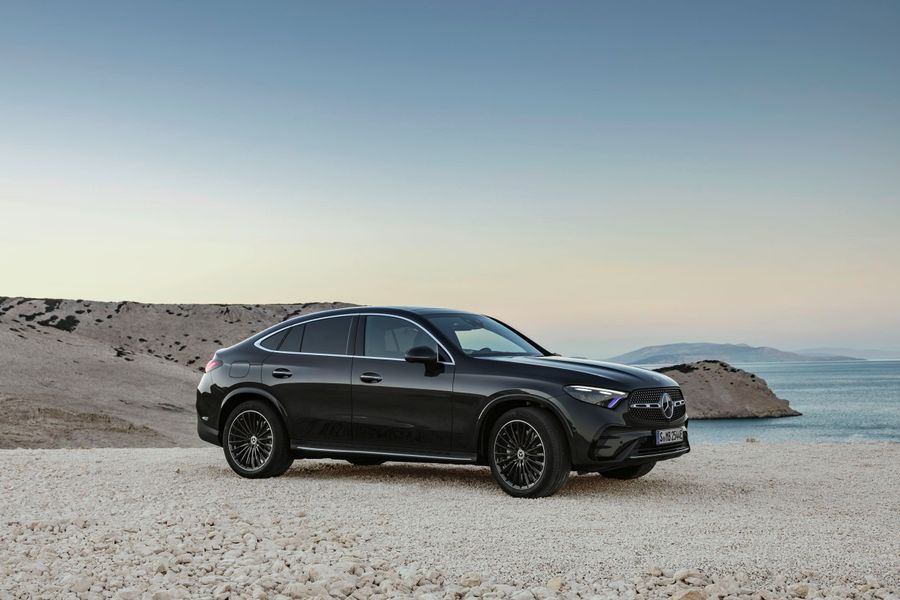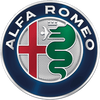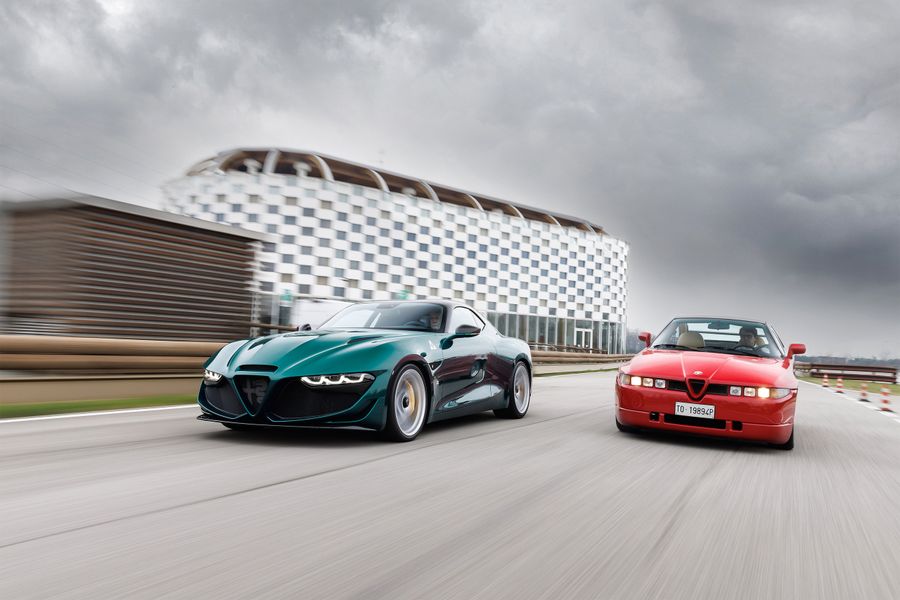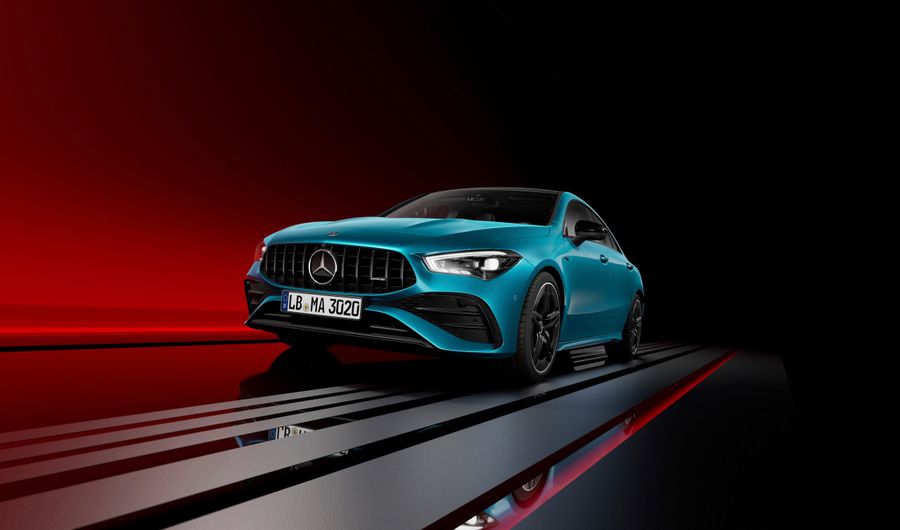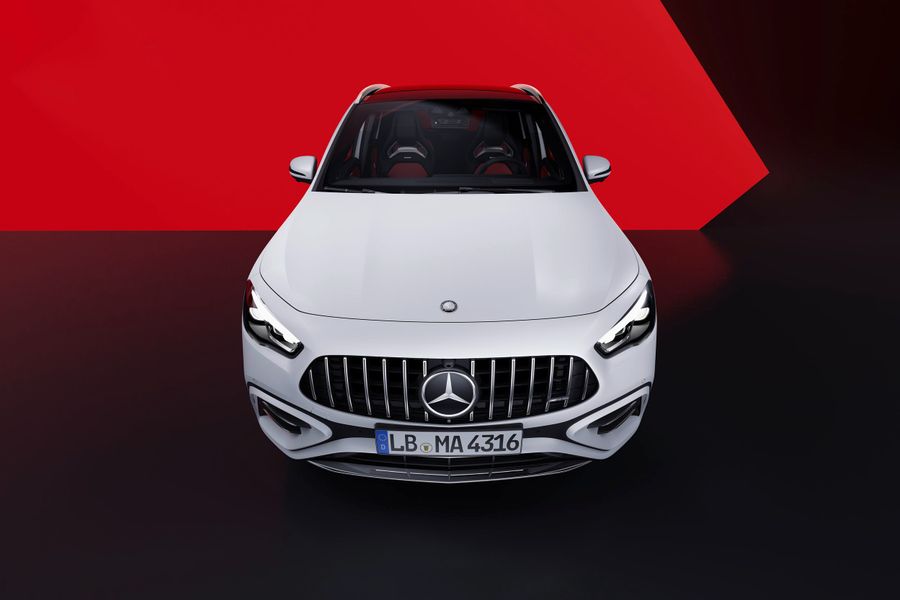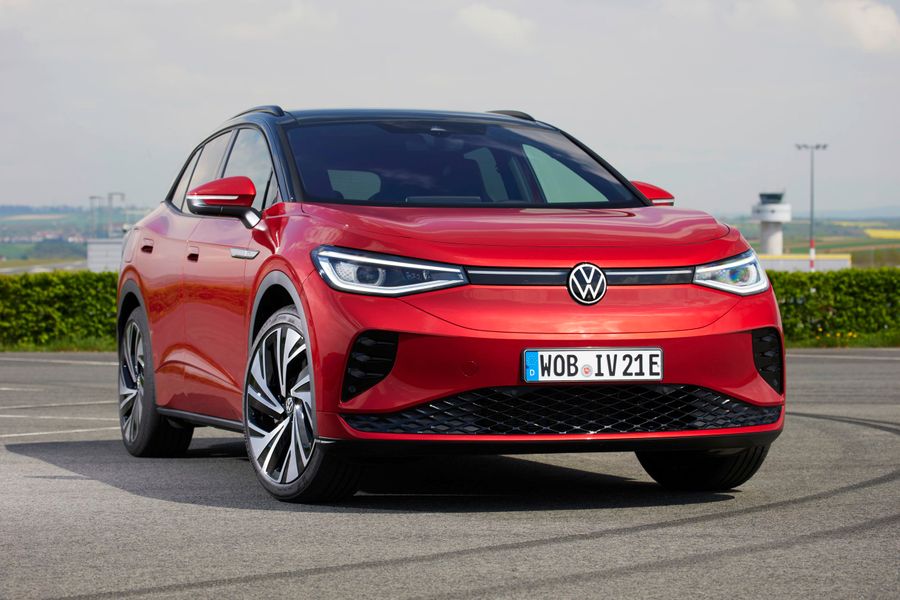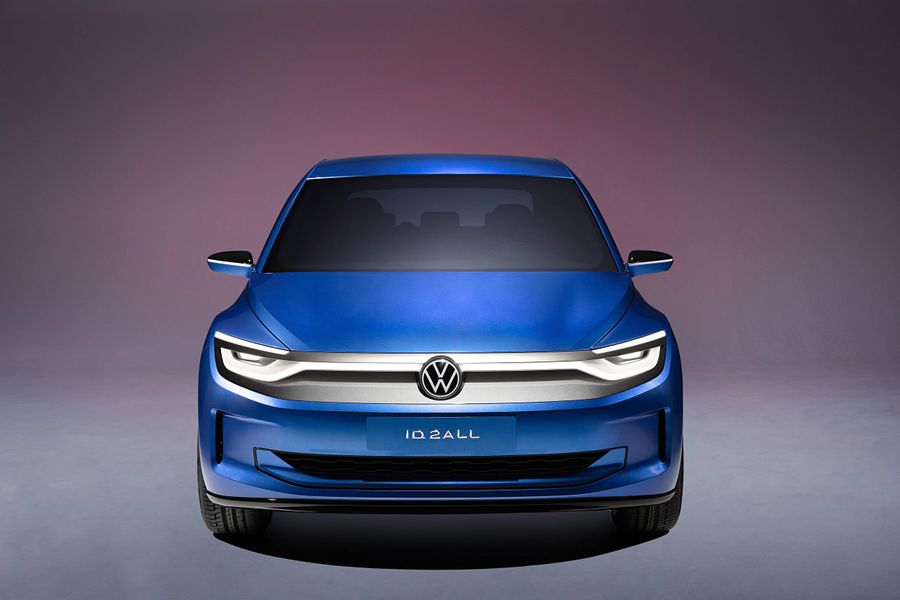
Morgan. Spirit of good old-fashioned England
Morgan (Morgan Motor Company) is a British company that manufactures limited luxury sports cars. It was founded in 1909 by Henry Frederick Stanley Morgan. The company is headquartered in Malvern Link, England. All Morgan cars have a classic design inspired by 30s-40s sports cars and are assembled by hand.
From its foundation to the present day, the company has valued its traditions above all. And Morgan has a lot of traditions. Never manufacture engines. Do not make a car if no one is going to buy it. The ideal car is a single-seater, but for some reason no one still can understand this. Therefore, only for you, we can build a two-seater car. Do you want to get a 4-seater? By special order only. Tradition has literally molded this brand into a unique precedent. For example, the manufacturer started equipping its cars with airbags only in 1998. Apparently, without them, the company’s cars were finally outlawed.
The main materials used for assembling all Morgan models are such types of wood as ash, oak, aspen, maple, as well as high-strength steel and aircraft aluminum. Expensive leathers, satin-finished aluminum, precious wood and gold inserts are used in the interior decoration (at the customer’s request). Times change, but the spirit of good old-fashioned England is forever ingrained in the perfect Windsor leather upholstery of the Morgan family company. Clearly, nowadays Morgan cars are equipped with the most advanced technologies, which is why the patriarchal British company has to combine them with the old hand-assembling traditions.
In 2005 Planai Classic races on the snowy mountain trails of Austria, the three-wheeled Morgan MX4 defeated such notable rivals as the Alfa Romeo Giulia GT, Porsche 911 Carrera RS 2.8, Jaguar XK 140 OTS, Mercedes 220 SE.
History
The history of the Morgan brand began in 1906, when a man named Henry Frederick Stanley Morgan decided to create a bus service in a small English provincial town and opened a bus fleet, for which he rented the buses. After a while, Morgan bought himself his first three-wheeled car, the Eagle Tandem. And then, together with his friend Peach Stephenson, grandson of the famous 19th century engineer-inventor, George Stephenson, he decided to design his own three-wheeler. Their first car was named the Morgan Runabout. It was a three-wheeler with a 2-cylinder engine by Peugeot generating 7 hp and a McPherson front independent suspension with load springs. The car could accelerate as fast as the fastest cars of that time. After the presentation at the London Motor Show, there were a lot of orders. Thus, in 1912, the Morgan Motor Company was born.
Even back then, Morgan three-wheelers were considered sports cars and took part in races. Their driving performance in those days was so excellent that special rules were even introduced for them, according to which Morgan cars started a circle behind four-wheeled cars of the same class.
In 2005 Planai Classic races, the three-wheeled Morgan MX4 defeated such notable rivals as the Alfa Romeo Giulia GT, Porsche 911 Carrera RS 2.8, Jaguar XK 140 OTS, Mercedes 220 SE.
1933 was one of the most successful years for the company. In addition to numerous world records set by Morgan, the manufacturer managed to create the most famous and best-selling version of the three-wheeler, powered by a 10 hp Ford engine and a flat radiator. In 1936, at exhibitions in London and Paris, the first 4-wheeled car was shown, which was named the Morgan Four Four, which meant 4 wheels and 4 cylinders. The car was stable and light thanks to its design and the use of aluminum parts.
Production of three-wheelers continued until 1952, when the last three-wheeled Morgan rolled off the assembly line. A year later, due to the company’s strong attachment to suppliers of parts and assemblies, the design of the Morgan Four Four had to be modified. The thing was that the British company Lucas stopped producing headlights in a chrome-plated housing, since at that moment no other automaker in the world, except Morgan, used such headlights on their cars. The same situation arose in 1968, when the British automobile plant Triumph stopped production of 4-cylinder engines, which were used on Morgan cars. The new 6-cylinder engine did not fit under the hood. As a result, the manufacturer introduced a new Morgan Plus 8, powered by Rover’s 4.0-liter V8 engine.
After the death of the company founder in 1959, his son, Peter Morgan, took the helm. It was under his leadership that the Morgan racing team won the 24 Hours of Le Mans in 1962. He was against any changes and did not accept any innovations proposed by his subordinates. Perhaps he was heavily influenced by the failure of the mid-1960s Morgan with a fiberglass body, inspired by the Chevrolet and Lotus models which were popular at that time. Back then, only 26 of these cars were sold, after which Peter Morgan vowed to abandon the retro style. As a result, Morgan cars started being equipped with airbags only in 1998.
Nowadays Morgan cars are equipped with the most advanced technologies, which is why the patriarchal British company has to combine them with the old hand-assembling traditions.
The company is currently run by Charles Morgan, the founder’s grandson, and Morgan remains one of only three car companies, in addition to Peugeot and Ford, which include representatives of the families that founded the company (as of 2020). Now the Morgan factory in Melvern Lynx is one of the city’s main attractions, and one of the local bars is named after this car.
In the 2000s, Morgan introduced a new Aero 8, which differs from its predecessor by a highly redesigned modern body design. This time, the car is equipped with many modern options, and the body design is a mixture of retro style and space technology, made of aluminum alloys. The new Morgan Aero 8 comes with a 4.4-liter V8 engine by BMW, producing 333 hp and a 6-speed manual transmission. Acceleration to 100 km/h occurs in 4.5 seconds.
Another model is the Morgan Aero Max, a coupe custom made for Prince Eric I Sturdza, a longtime Morgan fan and president of Banque Baring Brothers Suisse. The Aero Max is based on the Aero 8 coupe, but the body, especially the rear end, is heavily inspired by spaceships from the oldest Star Wars films. The engine and equipment of the car remained the same as those of the Aero 8 model.

